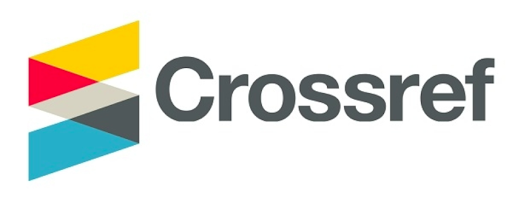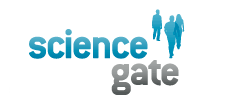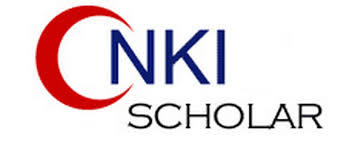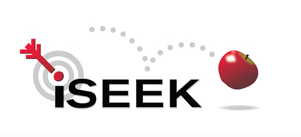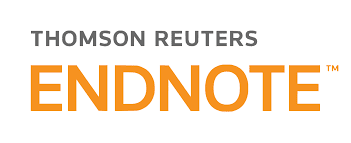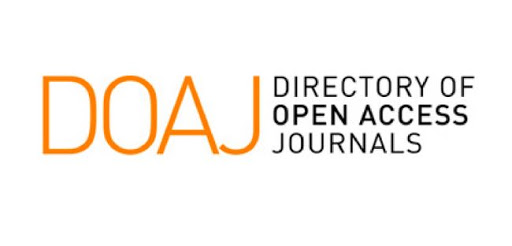Aim & Scopes
Sapporo Medical Journal aims to distribute and expand medical data to the World as well as build a supportive and vibrant community of researchers to connect and explore ideas by publishing articles related to all fields of medicine. Sapporo Medical Journal believes that quality and ethical research. The journal seeks to publish original research articles that are hypothetical and theoretical in its nature and that provide exploratory insights in the following fields but not limited to:
LATEST PUBLISHED PAPERS

Abstract : Abstract-- Recently, herbal supplements have been widely used to treat upper respiratory illnesses, colds, and sore throats. Lozenges are one of the most widely used forms of medicine. The dosage form is prepared to have a pleasant taste and has a large number of advantages in the pharmaceutical market. The lozenge has a direct effect on the oral mucosa, has partial and general action, increases bioavailability, reduces gastric irritation, does not pass through the liver, does not need to be swallowed, and has many advantages such as ease of use and ease of production and storage. Currently, only herbal medicines such as Koflet, Koflet-N and Dr. Mom, which are used for the needs of the population of Mongolia, are imported. Therefore, there is a need to study the possibility and output of import-substituting products at home. We use Glycyrrhiza uralensis Fish, Eugenia caryophyllata Thunb, and Kaempferia galangal, which are widely used in Mongolian traditional and modern medicine to clear phlegm, relieve cough, heal wounds, and relieve pneumonia. The goal is to develop a technological scheme for drug preparation. We developed a technological scheme for lozenge containing liquorice. Some criteria for lozenges quality: appearance, base quality, solubility, average weight (n = 5) M = 2.5 ± 0.02, weight variation (± 4%), strength (n = 5) M = 99.2 ± 0.01, the moisture content (n = 5) was found to be M = 0.18 ± 0.01 p <0.05.

Abstract : The characteristics evaluation of the physic (sensory, swelling, disintegration, active ingredient release, bulk density, and mass uniformity), biochemistry, acute toxicity, and accelerated aging of polyphenol/chlorophyll pillulae was presented in the current study. Pillulae contained the polyphenol/chlorophyll-rich concentrated extract of corn by-products in Khanh Hoa province, Vietnam. The biochemistry characteristics were analysed, such as the content of polyphenol, chlorophyll, ascorbic acid, thiamin, tocopherol acetate, alginate content, and Ca2+, bioactivities (total antioxidant activity, reducing power activity, DPPH free radical scavenging activity, catalase activity, formation inhibition of conjugated dienes, low-density lipoprotein-antioxidant activity). Pillulae was tested for acute toxicity and accelerated aging for 30 days at 60oC and checked micro-organism. The results showed that pillulae was non-toxic with a maximum dose of 75 pillulae/kg. The sensory, swelling and active ingredient release of pillulae was good with bulk density (0.6 g/cm3), and mass uniformity (140.12 mg) and polyphenol (31.95 mg), chlorophyll (110.02 µg), ascorbic acid (20.27 mg), thiamin (0.22 mg), tocopherol acetate (1.2 mg), alginate content (20.46 mg), and Ca2+ (12 mg). The storage time of pillulae was estimated to be one year at 25oC through accelerated aging storage for 30 days at 60oC, and only detection of total aerobic bacterial (2.8x102 CFU/g) on the 30th day of accelerated aging.

Abstract : The focus of the study was to evaluate the effect of the bootstrapping method on an applied sciences study. In this case study, a set of data from the design of an experiment (DOE) was taken which consisted of 20 observations, which is specifically design for Two-way Analysis of Variance (ANOVA). After reorganizing the data according to the specific template, a regression approach to one-factor Analysis of variance was used for the best model fitting which considering all the factor levels. At first, the regression was fit through the origin data. Second, the bootstrapped method was applied towards the origin data through SAS syntax in order to obtained large sample data, then the obtained data was used for regression fitting. The regression results with and without bootstrap was compared according to the parameter of estimated coefficient beta, standard error and the obtained p-value. To validate the obtained model, a multilayer perceptron neural network was applied, the Mean Error (ME), Mean Absolute Error (MAE) and Maximum Error were compared towards training, testing and validation procedure. As a conclusion, the regression approach through bootstrapping to one-factor Analysis of variance was a significant methodology. The mean error (ME) and mean absolute error (MAE) of the measurement of the model accuracy are relatively similar to the training, testing, and validation. Small error measurement was showing the high accuracy of the developed model. Hence, it can be conclu

Abstract : Smartphone addiction may be considered one of the most prevalent habits in Saudi Arabia, with users ranging between 41 and 44 million. This addiction has a debilitating impact, including increase in headaches. We aim to determine the relationship between smartphone addiction and headaches among medical students at King Abdulaziz University, Jeddah, Saudi Arabia. This cross-sectional study involved 429 medical students of the faculty of Medicine at King Abdulaziz University. Data were collected by an electronic self-reported questionnaire containing demographic questions and scales for smartphone addiction (SAS-SV), headache impact on participants’ lives (HIT-6), and headache assessment questions. Data were entered into Microsoft Excel and analyzed using SPSS version 21. Pearson’s chi-square was used to determine the significance of the relationships. The results showed that more than half of the participants were addicted to using smartphones. Statistical analysis found no significant relation between smartphone addiction and headache frequency throughout students’ lives. However, there is a significant relationship between headache impact and addiction. Furthermore, there is also a significant relationship between avoidance of activities and addiction. Smartphone addiction negatively affects medical students by increasing the impact of headaches on their lives, which is worse than addiction by nature. An alternative for the excessive use of smartphones should be introduced.

Abstract : Background: Percutaneous coronary intervention (PCI) is one of the treatment strategies used in Acute Coronary Syndrome (ACS). Many factors influence prognosis in acute coronary syndrome. Thyroid hormones play a critical role in cardiac and vascular physiology, and hypothyroidism has significant cardiovascular consequences, even if hormone levels are only slightly altered. This study aims to explore prognosis in patients with ACS and preexisting thyroid stimulating hormone defects (TSH) who undergo PCI surgery. Methods: The TSH was an independent indicator of 1-year all-cause mortality in euthyroid patients with ACS who underwent PCI. A retrospective cohort study was conducted by review of records of all patients who had TSH abnormalities and underwent PCI between 2017 and 2021 in the Department of Medicine at King Abdulaziz University Hospital in Jeddah, Saudi Arabia. Results: We reviewed records of up to 500 coronary care unit patients with TSH levels above 4 mlU/L or below 0.4 mlU/L who had PCI procedures. The study included 152 adult patients. Out of those, 94 (61.8%) had a successful procedure, while 58 (38.2%) developed complications including recurrence, requiring coronary artery bypass grafting, heart failure, and death. Conclusion: TSH level has a strong relation with prognosis in patients undergoing PCI. Controlling thyroid hormone levels minimizes postoperative complications. More studies are needed to help us improve patient health.













